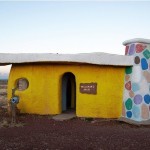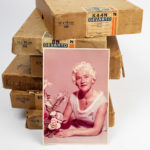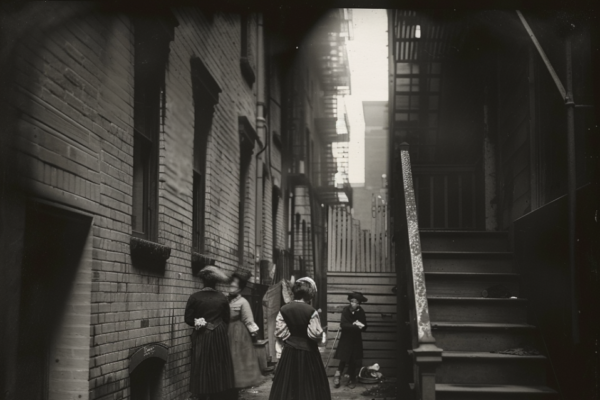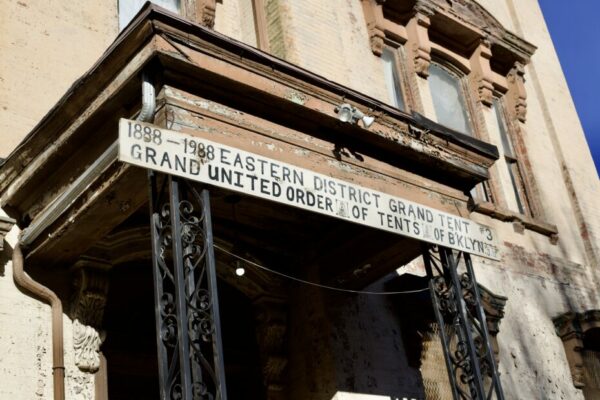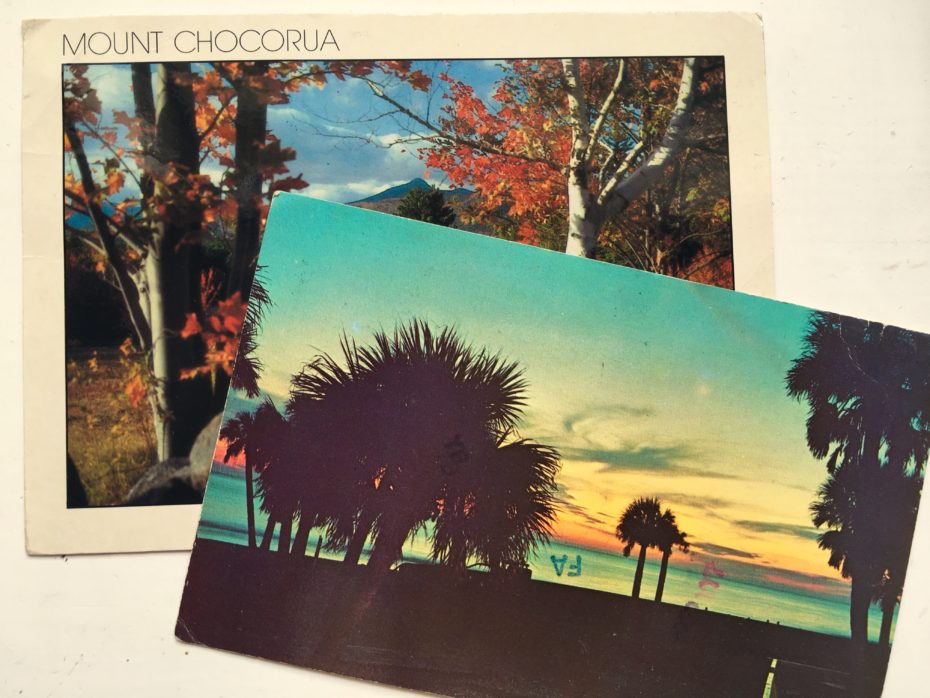
Found at the bottom of an old mailbox in a New York antiques store, what’s written on the back of these postcards perfectly captures the iconic arts scene in New York’s early 1960s– a city that was hosting the likes of Bob Dylan, Andy Warhol, Jack Kerouac and countless more forgotten artists, jazz musicians and poets of an era gone by…
The handwritten notes and unreleased poetry brought to life with illustrations, are all from a Haiku poet known as the Arizona Zipper, addressed to Cor Van de Heuvel, another Haiku poet particularly influential in bringing Haiku to New York and the United States in the 1960s. Together, the pair were the pioneers of American Haiku poetry in the 1960s. But for those that don’t know, by now you might very well be asking yourself– what the heck is Haiku?!
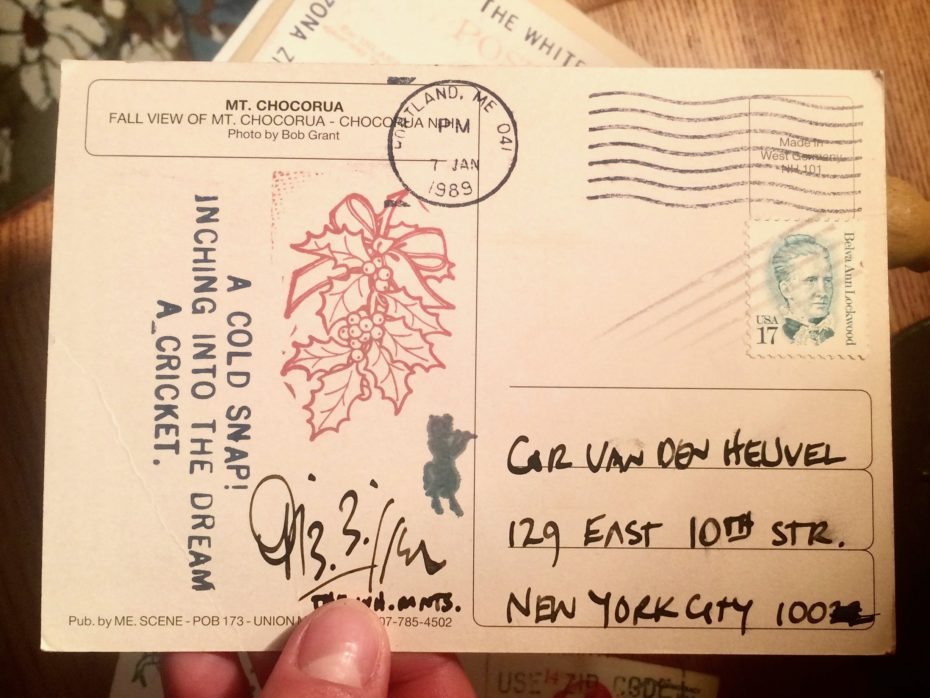
Haiku is the ancient Japanese art of a very short form of poetry. You probably attempted it at some point in English class as a school kid, but despite its short form, it’s surprisingly technical and has quite a few rules . Haiku consists of three lines of poetry with 5, 7 and 5 syllables. The idea of restricting syllables is to choose your words very carefully to sum up a moment perfectly– think quality over quantity. The poems are focused and descriptive, often on the subject of nature or one of the seasons.
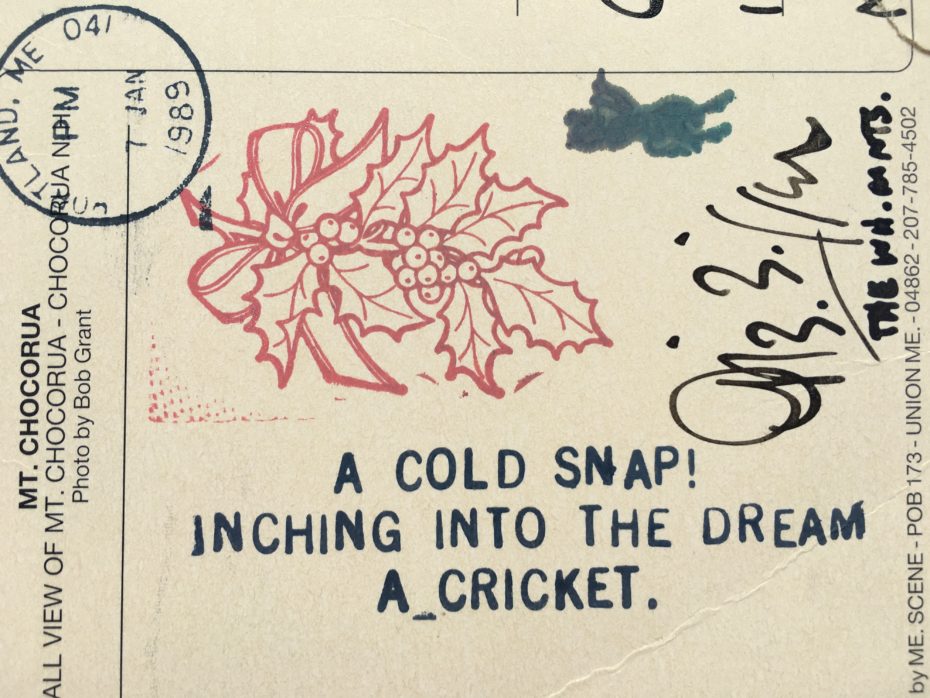
The essence of haiku is “cutting” (kiru), often represented by the comparison of two ideas and a kireji (“cutting word”) between them, a kind of verbal punctuation mark which signals the moment of separation, but also characterises their similarities.
A little bit of an enigma, we like to think of it as poetry’s secret code language.
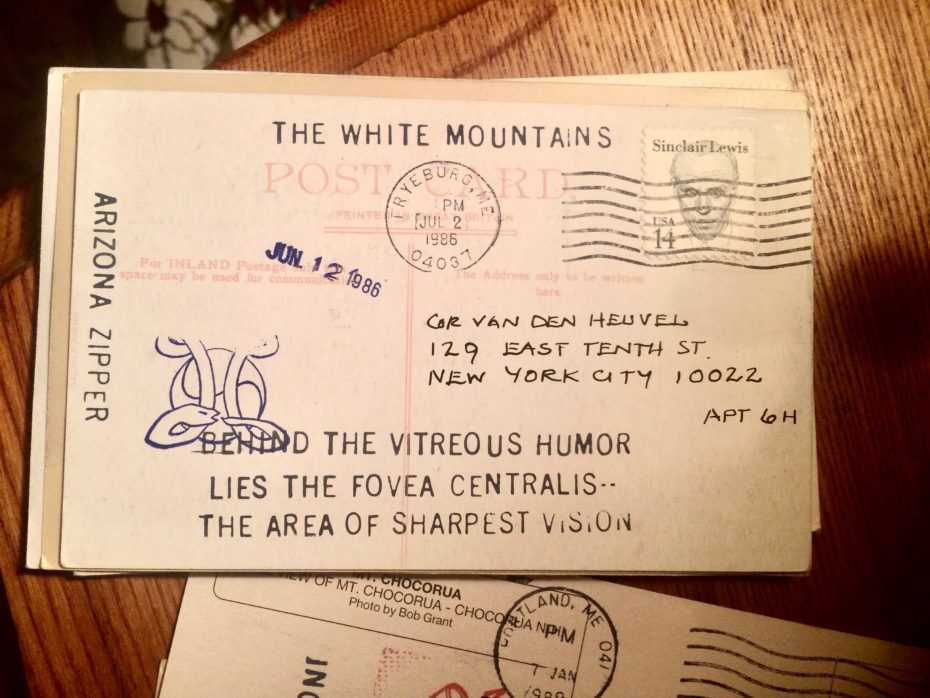
Cor discovered haiku in San Francisco in 1959 when Manhattan was the centre of a blossoming arts and poetry scene. Both Cor Van de Heuvel and his correspondent Arizona Zipper (or A.Z. In his postcards) began writing haiku in Maine on the East Coast. The pair didn’t stick strictly to the 5, 7, 5 rule when it came to haiku, and instead adopted a looser style, that kept the same focus.
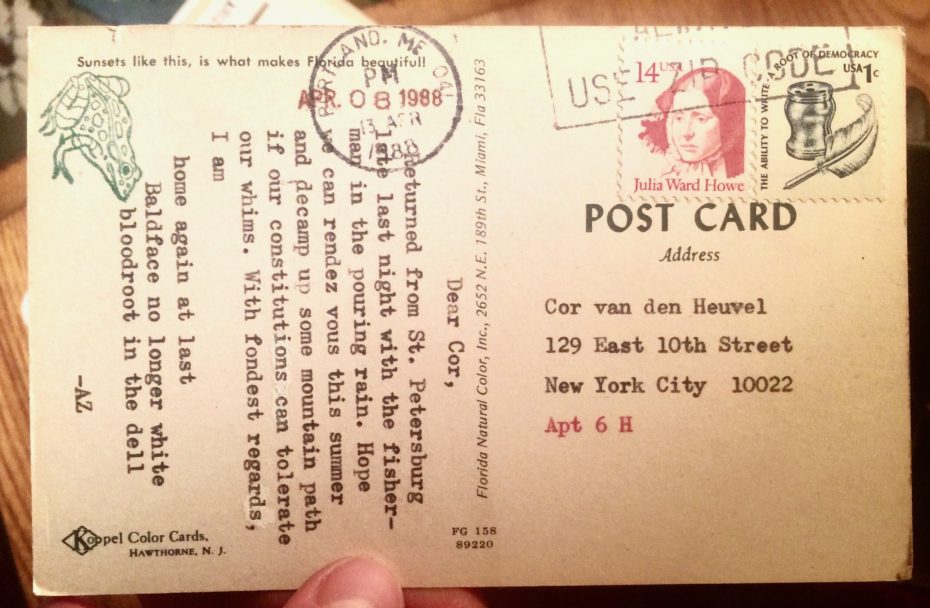
the high diver
takes off her cape
in the stars
– Arizona Zipper
city street
the darkness inside
the snow-covered cars
– Cor van den Heuvel
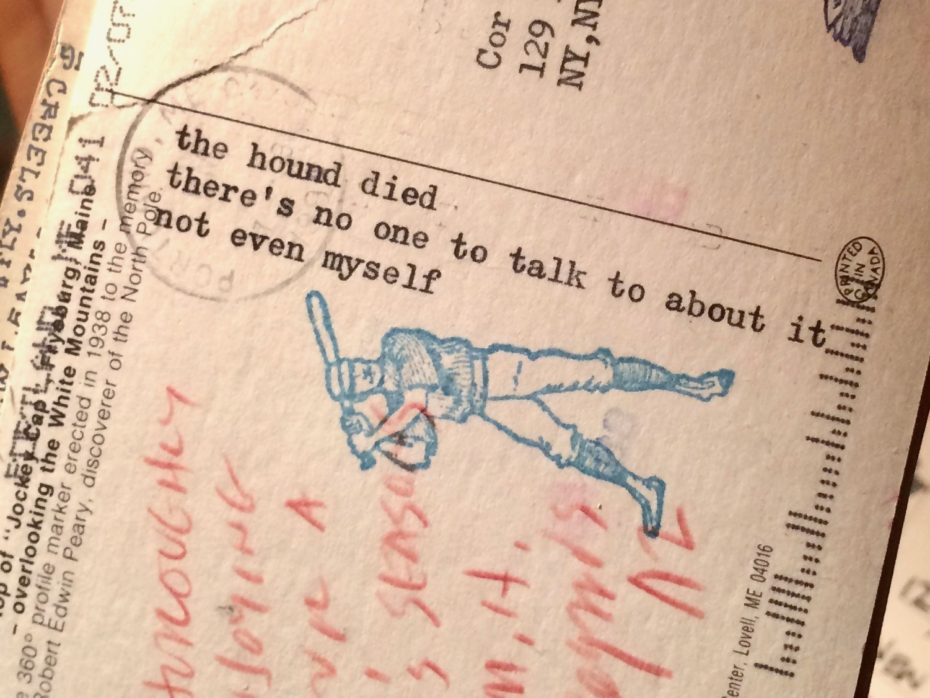
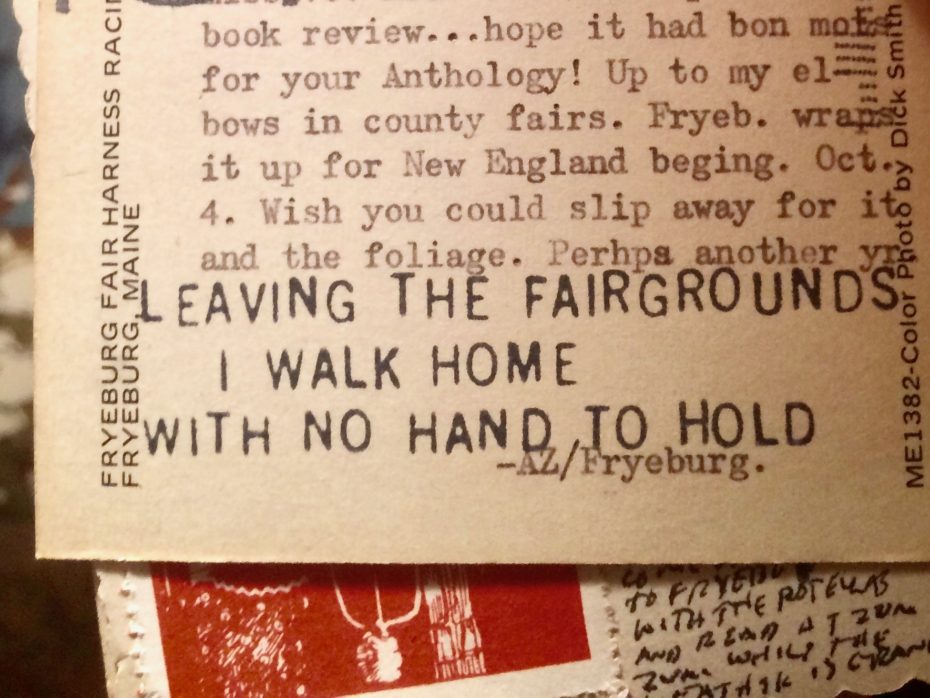
Cor van den Heuvel started writing haiku in a small cottage by the Webhannet River in Maine, a year after discovering it during a poetry reading at a San Francisco coffee house. During the 1960s he was the house poet for coffee houses in Boston and New York, and made a name for himself by reading haiku over live music, mostly jazz.
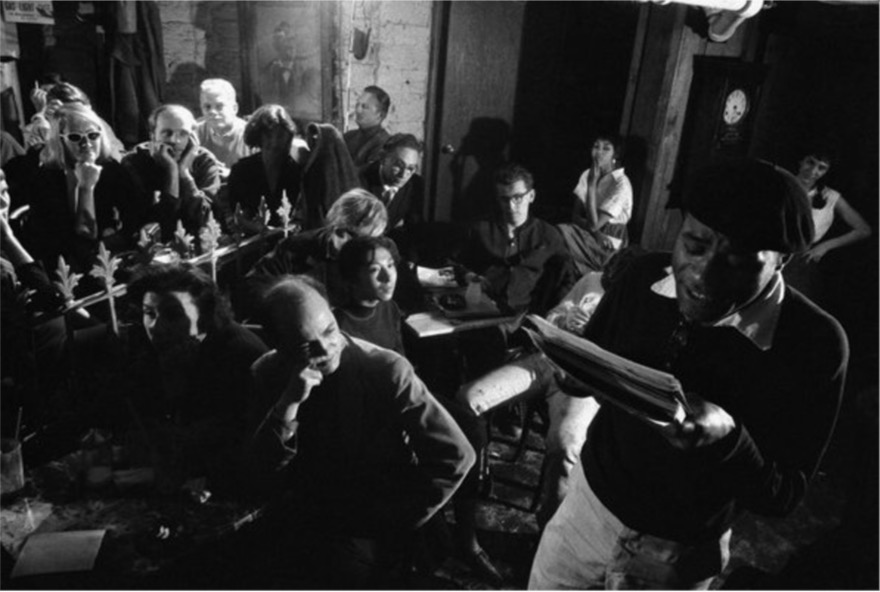
The Beatnik Generation, 1960s
These evenings were emblematic of the beatnik movement and the growing poetry-reading scene that was developing in the Lower East Side in the 1960s. Van den Heuvel’s poems, often quiet moments of reflection, created little snapshots of life outside of the city. Collections like “Baseball Haiku” capture the quiet beauty in the minutiae of American suburbia.
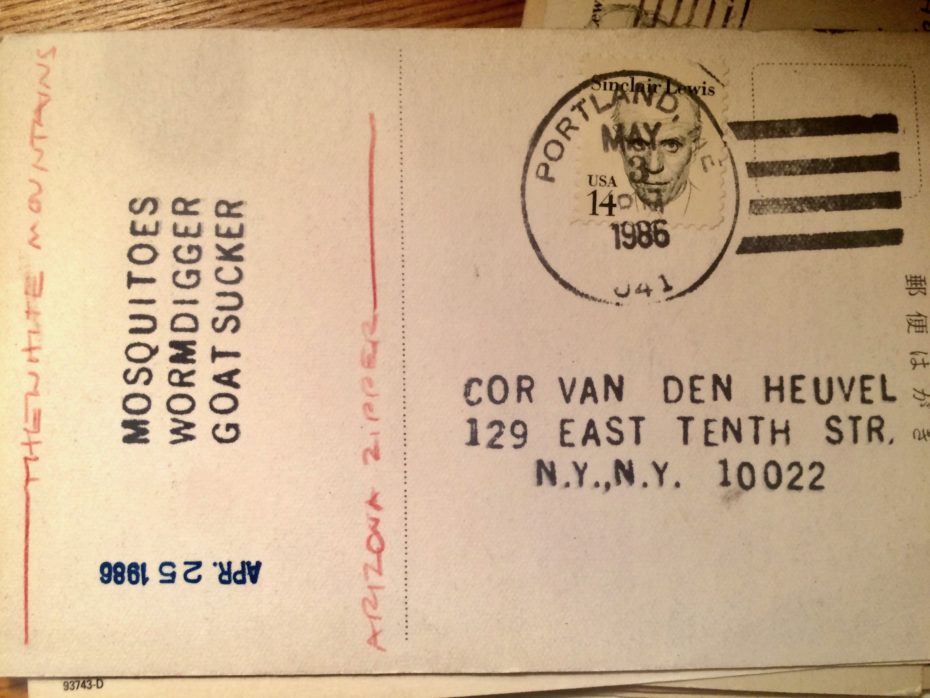
In 2000, he won the Haiku Achievement Award at the World Haiku Festival in London in 2000, and in 2002, the Masaoka Shiki International Haiku Prize in Matsuyama, Japan.
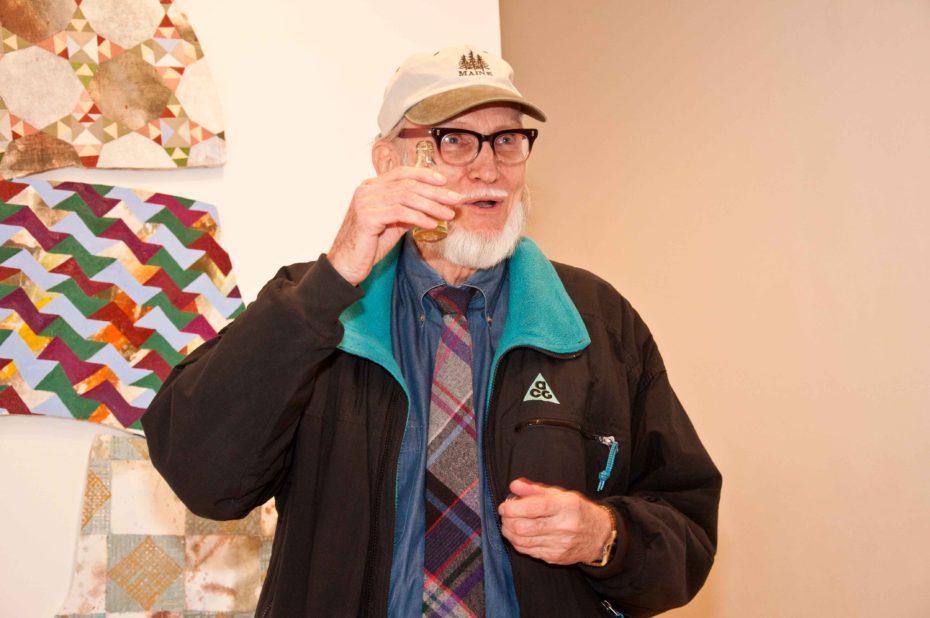
Cor Van den Heuvel / source
Cor van den Heuvel still lives in New York City today and still writes poetry (hopefully postcards too) and, it seems, donates habitually to second-hand stores in Manhattan.



